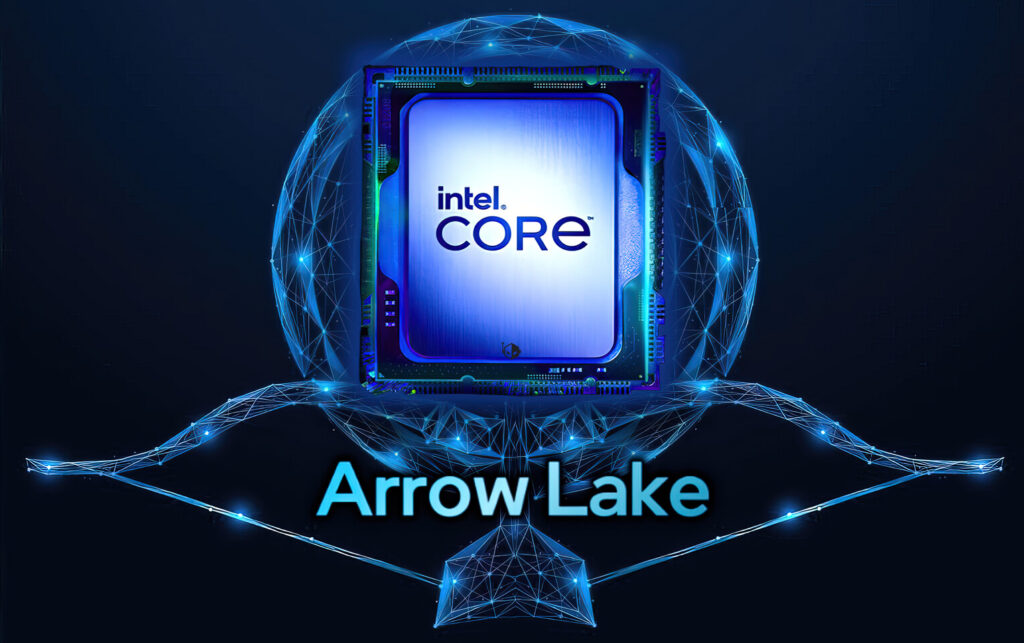
Recently, classified information about Intel’s upcoming 15th Gen Arrow Lake processors has surfaced. Essential details regarding hyperthreading, a prominent feature in Intel processors, were discovered by the German news site 3DCenter.org. Hyperthreading enhances the overall thread count of the CPU, improving the management of concurrent tasks.
The confidential material was leaked by the Twitter user @yuuki_ans, now known as X, but has since been removed. According to the leaked Intel documents, there are indications that the company might be considering a departure from hyper-threading altogether.
This potential shift represents a significant alteration in the processor’s architectural design. Additionally, Intel is reportedly transitioning to a new core configuration for future processors, a change that has already been implemented in Core Ultra processors designed for laptops.

Intel is introducing a new type of core, the LP E-core (Low Power E-core), also known as Low Power Island, in their processors. These extremely low-power and highly efficient cores are designed for background tasks, offering more efficient scheduling. Tasks that don’t require the computational demands of P-cores and E-cores will be handled by LP E-cores.
In the Meteor Lake architecture, the processor’s compute tile contains performance (P) and efficiency (E) cores, while the low-power (LP) efficiency cores are located in the SoC tile. A similar design implementation is anticipated for the Intel 15th Gen Arrow Lake processors.
The absence of hyperthreading in the Arrow Lake processors is expected to have minimal impact on performance for many workloads, including gaming. While older processors benefited significantly from hyper-threading, the same isn’t necessarily true for modern chips. Additionally, the Arrow Lake platform is anticipated to introduce new features, including an NPU (Neural Processing Unit) for AI processing. This suggests that despite the absence of hyperthreading, the Arrow Lake processors are likely to offer competitive performance, especially with the inclusion of advanced features like the NPU for handling AI workloads.
Despite the absence of hyperthreading, there’s speculation that Intel may capitalize on a more efficient manufacturing process, potentially Intel 4 or a superior version, to deliver a significant boost in performance for the upcoming generation.
It’s important to note that these details are based on rumors, and nothing is confirmed yet. According to leaked documents, there are indications that “enabling the performance cores will cause system instability,” suggesting that the unnamed Intel processor in question may be an early engineering sample.

In addition to these potential changes, Intel has reportedly rebranded its processors, with the new terminology “Core Ultra” being used for future chips. There is a high expectation that the 14th generation will mark the end of Core i3/i5/i7/i9 CPUs. Instead, newer processors, such as those based on the upcoming Arrow Lake architecture, could adopt the name “Core Ultra.”
Intel has embarked on a new naming approach, designating Core Ultra processors for new laptops within the ‘Series 1’ category. Although the leaked Intel document refers to Arrow Lake as the 15th Gen, it seems peculiar for Intel to introduce new CPUs using the previous generational naming convention.
The omission of hyperthreading in Arrow Lake raises questions about Intel’s strategic decision. Feel free to express your opinions and share your thoughts on this development by commenting below!



